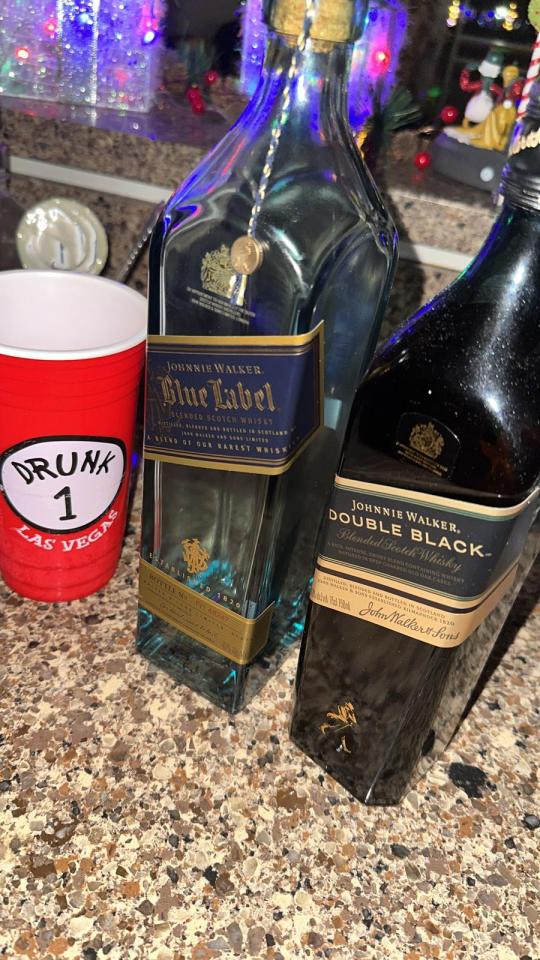#johnny walker
Text

Lost in the dream.
2K notes
·
View notes
Photo


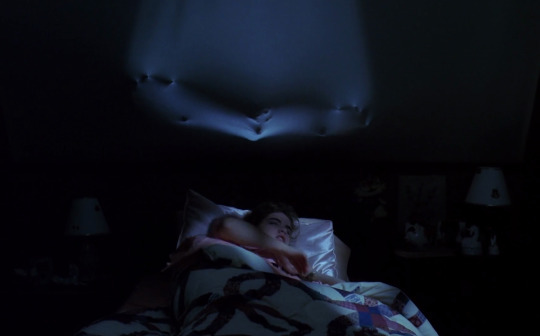

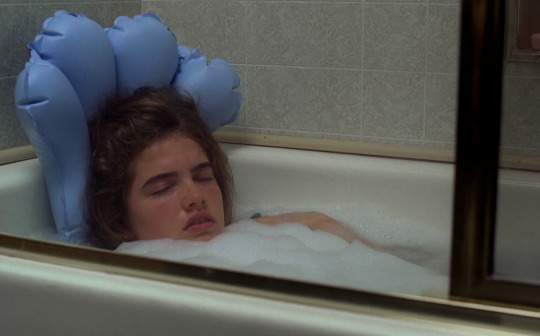

A Nightmare on Elm Street (Wes Craven, 1984)
Lurkers (Roberta Findlay, 1988)
“Lurkers, in addition to borrowing liberally from Michael Winner’s The Sentinel (1977), draws its most potent themes and imagery from one of the most lucrative horror franchises of the period, the Nightmare on Elm Street (1984–2010) series. The film’s basic premise, which sees a woman plagued by dreams of demonic figures that turn out to be real, is culled directly from the Elm Street series, as are significant aspects of the film’s iconography. Scenes featuring young girls playing jump-rope and singing ominous rhymes, for example, echo similar sequences in the Elm Street films, as does a scene in which the protagonist Cathy (Christine Moore) has a nightmare about being murdered while asleep in the bathtub (“My god, it was so real!” she later exclaims).” — Johnny Walker, from ReFocus: The Films of Roberta Findlay (2023)
#lurkers#roberta findlay#a nightmare on elm street#wes craven#johnny walker#caps#w*#w#comparatives#horror#this post goes out to mari who also gets it
211 notes
·
View notes
Text



Christina Hendricks
260 notes
·
View notes
Text

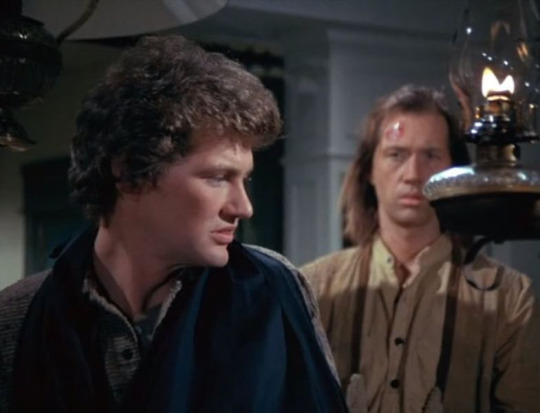


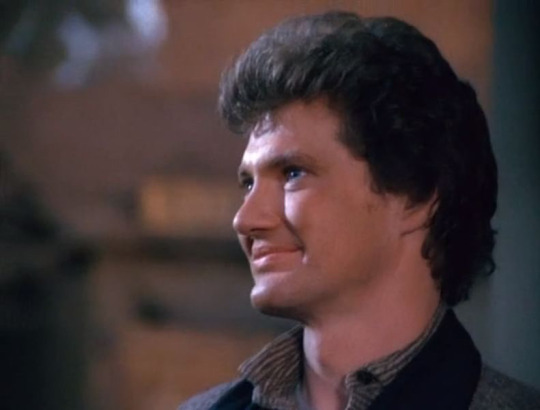
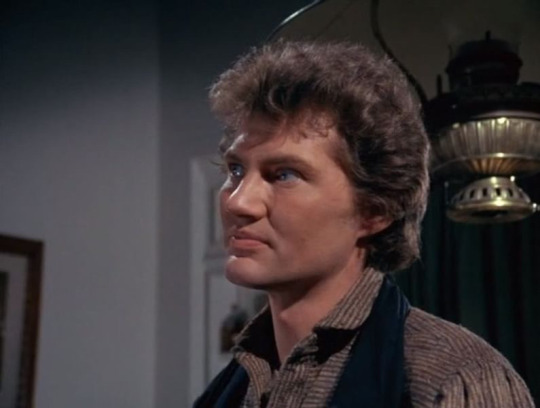

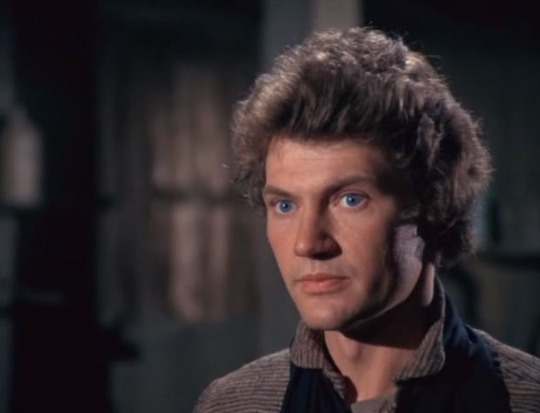
Andrew Robinson as Johnny Walker in Kung Fu “Crossties”
#just wanted an excuse to post more pretty andy :)#johnny walker#andrew robinson#andy robinson#david carradine#kung fu#my posts
51 notes
·
View notes
Text
El Blue Label, un elisssir…
28 notes
·
View notes
Text
Anthony Smith: “You’re attacking my family”
Johnny Walker: “HUH?”
Anthony Smith: “you’re attacking my family”
Johnny Walker: “WHAT?”
Anthony Smith engineering imaginary scenarios in his head to amp himself up to try to fight back against Johnny Walker, who was beating his ass, is one of the funniest things I think I’ve ever seen.
61 notes
·
View notes
Text
#OTD in 1991 – The Birmingham Six | Paddy Joe Hill, Hugh Callaghan, Richard McIlkenny, Gerry Hunter, Billy Power and Johnny Walker are released from jail after their convictions for the murder of 21 people in two pubs are quashed by the Court of Appeal.
Birmingham Six are freed after 16 years in jail. The six innocent men – Paddy Joe Hill, Hugh Callaghan, Richard McIlkenny, Gerry Hunter, Billy Power and Johnny Walker had been found guilty of placing bombs in Birmingham pubs in 1974 that killed 21 people and injured more than 100. At a time when public fury was at its height following the bombings, an over-zealous West-Midland police force beat…

View On WordPress
#Billy Power#British Justice#England#Fathers Denis Faul#Gerry Hunter#Hugh Callaghan#Johnny Walker#Paddy Joe Hill#Raymond Murray#Richard McIlkenny#The Birmingham Six
10 notes
·
View notes
Text
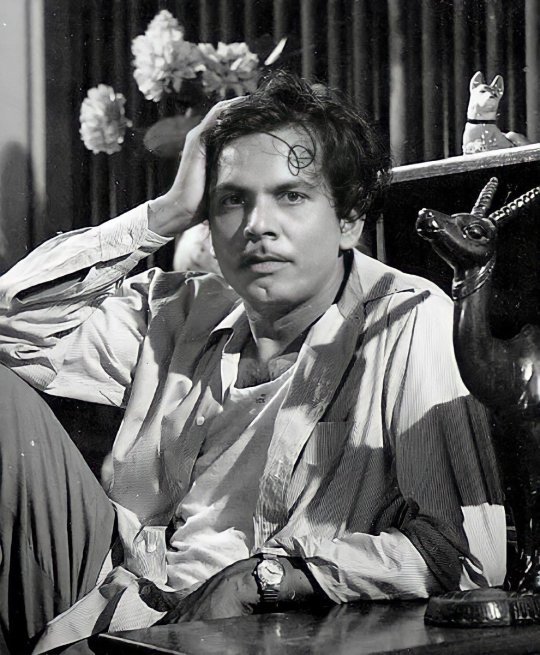
Remembering Hindi cinema's Gentleman comedian #JohnnyWalker on his birth anniversary(11/11).
Badruddin Jamaluddin Kazi was one of twelve siblings in a weaving teacher's family. The family relocated to Mumbai after his father lost his job. In Mumbai, Kazi worked as a bus conductor for Bombay Electric Supply & Transport (BEST), where he became popular for entertaining passengers with his humorous announcements and impressions.
Kazi always harboured dreams of a film career, admiring actor Noor Mohammed Charlie and emulating movie stunts. His entry into the film industry came unexpectedly when actor Balraj Sahni, after witnessing Kazi's entertaining conduct, introduced him to actor-director Guru Dutt.
While working as a bus conductor, Kazi, later known as Johnny Walker, hoped to be discovered for his talent in films. His opportunity arose when Balraj Sahni, who was either scripting "Baazi" (1951) or acting in "Hulchul," was amused by Kazi's portrayal of a drunkard and suggested he show this to Guru Dutt.
This led to Kazi's casting in "Baazi," where Guru Dutt, inspired by his performance, named him Johnny Walker after the Scotch whisky brand.
Walker became a staple in Dutt's films, encouraged to improvise and draw from his life experiences. Although he was renowned for his comedic roles, Walker grew disillusioned later in life, feeling comedians were undervalued.
He tried, with limited success, to take on lead roles in films like "Johnny Walker" and "Mr. Qartoon," but shone in classics such as "Mere Mehboob," "C.I.D.," "Pyaasa," and "Chori Chori." His peak was in the 1950s and 1960s, with his career waning after Dutt's death in 1964. He collaborated with directors like Bimal Roy and Vijay Anand.
A popular box office draw, he was often requested for songs in movies, a trend he pioneered. Notably, he was the second actor after Madhubala to have a film named after him, with two such titles to his credit, and he was a trendsetter in many ways, including being the first actor to have a secretary, to not work on Sundays, and to introduce colloquial language in cinema, as seen in "Taxi Driver." Walker also ventured into production and direction with the 1985 film "Pahunche Huwey Log."
8 notes
·
View notes
Text

I’ll meet you under Binns clock
Or The Maules Clock, or Frasers Clock, depending on yours age, will it be "I'll meet you under The Johnny Walker Clock" in future years?
Nah! ! It's not going to happen, the thing is in the digital age with our mobile phones there is no real need to arrange meets the old way, we call or text to say where we are and we sort of meet in between or in the nearest pub, don't we?
This was one of the most important parts of the Diageo makeover of the West End building formerly known as Maules, Binns and latterly as Frasers. The clock was the most popular meeting point for young romantics in the days before mobile phones made last minute changes to arrangements possible.
The clock features hand painted highland figures which march out of the clock to strike the hour and half hour. It lay neglected for years and the mechanical procession of pipers were idle until a couple of years ago when it was meticulously restored to it's former glory in 2020.
I've never quite timed it to see it working, only seeing it from the upper deck of a bus once, maybe one day eh!?
24 notes
·
View notes
Text
"Moreover, by the time Findlay switched her attention to horror, a number of her contemporaries were doing very well from the genre.
Wes Craven, a fully fledged horror auteur by the 1980s, had worked on numerous hardcore features around the time he directed The Last House on the Left in 1972, a widely controversial, yet popular horror film that played all over the world. The success of his subsequent horror films, including The Hills Have Eyes (1977) and especially A Nightmare on Elm Street (1984), showed that the transition from porn to horror was not only possible, but also potentially highly lucrative. Similarly, fellow New Yorker William Lustig cut his teeth directing two hardcore features, Hot Honey and The Violation of Claudia (both 1977), prior to shooting the horror film that made his name, Maniac (1980), and several higher-profile R-rated horror films he made in the years that followed.
As hardcore stalwart and director of the R-rated horror film, Deranged (1987), Chuck Vincent, explained to Variety, “Filming adult features has been a tremendous aid for me [and others] in terms of experience,” affording him and his contemporaries the ability to master industry-standard equipment and materials, such as 35mm film, and providing others, including adult film producer and producer of the horror film A Hazing Hell (dir. Paul Ziller, released as Pledge Night in 1988), Joyce Snyder, with unmatched knowledge of distribution and foreign sales.
Findlay, with the assistance of her partner, the composer and studio engineer Walter E. Sear, and their new company Reeltime Distributing (est. 1979), was well positioned to enter commercial filmmaking of this nature, by self-financing and shooting on location (as was usually the case with her adult features), and then exploiting her networks within theatrical, cable, and video distribution."
Johnny Walker, from ReFocus: The Films of Roberta Findlay (2023)
#roberta findlay#johnny walker#refocus: the films of roberta findlay#w*#w#some horror fans need to learn their herstory
55 notes
·
View notes
Text

Vyjayanthimala and Johnny Walker in a still from Devdas (1955) // dir. Bimal Roy
------------------------------------------------------------------------------
#devdas#devdas 1955#vyjayanthimala#johnny walker#indian cinema#hindi cinema#bollywood#classic cinema#world cinema#old bollywood#classic bollywood#bollywood movies#indian films#hindi films#1955#1950s#historical film#indian movies#hindi movies#period films#period movies#period drama#film still#movies#cinema#films
4 notes
·
View notes
Text

I need him to see what a man without fear can do.
#daredevil#matt murdock#us agent#johnny walker#man without fear#fight#the red fist saga#ninjas#chip zdarsky#marco checchetto#marvel comics#comics#2020s comics
32 notes
·
View notes





